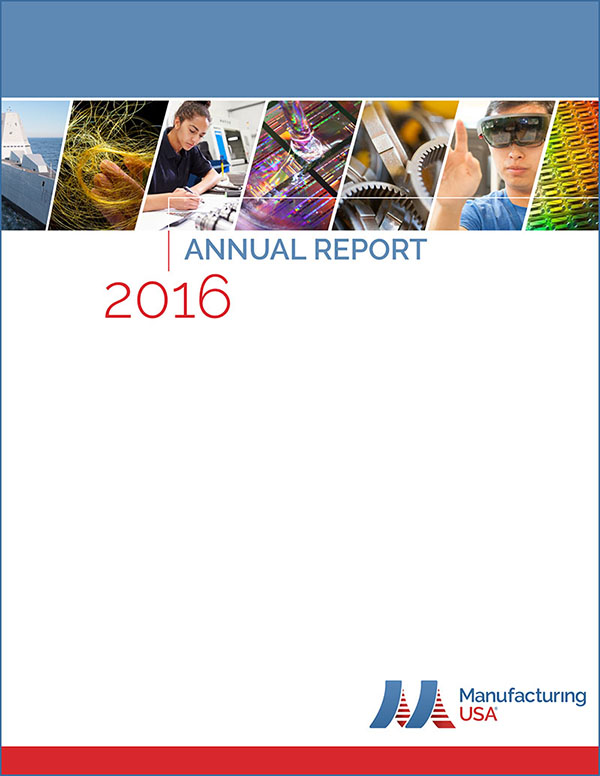Innovative Manufacturers Center (IMC), Inc. is pleased to announce three Williamsport/Lycoming Keystone Innovation Zone (KIZ) companies were awarded nearly $130,000 in KIZ Tax Credits. This round of tax credit awards takes the total of local companies receiving KIZ Tax Credits since 2007 to over $2.5 million dollars.
On December 28th, Governor Tom Wolf announced Keystone Innovation Zone (KIZ) tax credits for 273 early-stage companies. “Fostering an environment that allows technology and innovation to flourish in our private sector is one of this administration’s top business priorities,” Governor Wolf said. “By providing these tax credits, we’re helping to reduce the burden placed on companies as they go through the early stages of growth, thereby helping new ideas take root while pushing both our economy and the thriving tech sector forward.” The Program is designed to support and encourage entrepreneurship in and around Pennsylvania’s colleges and universities by providing young Pennsylvania companies with vital working capital to meet critical needs, including covering capital expenditures, workforce expansion, operational expenses and making companies more attractive to venture investment.
The program provides tax credits for companies within the Williamsport/Lycoming Keystone Innovation Zone that have been in operation for less than eight years, whose gross revenues have increased over the previous year and are operating within a targeted industry sector such as advanced manufacturing, plastics, wood and information technology.
“Since 2007, the KIZ Tax Credit program has provided valuable access to local resources and state tax credits for qualified local companies. These unique credits can be applied to business liability or sold for cash, which offers financial support during the critical first years of business, allowing the companies to grow,” stated Lauri Moon, Coordinator of the Williamsport/Lycoming KIZ. “KIZ companies have utilized these credits to fund new product development, staffing, marketing and other business needs,” Moon said.
PA Department of Community & Economic Development Press Release
For individuals and businesses interested in learning more about the benefits and services of the KIZ Program, click here or contact IMC at 570-329-3200×8085. The Williamsport/Lycoming Keystone Innovation Zone is managed by the Innovative Manufacturers Center (IMC).
